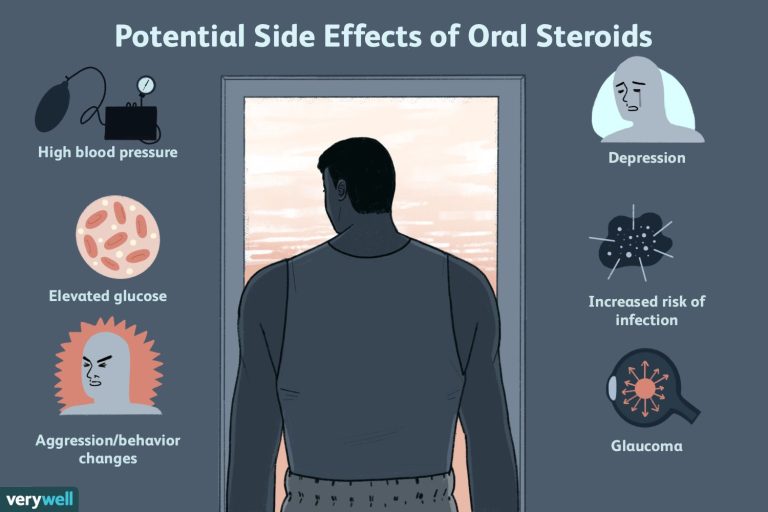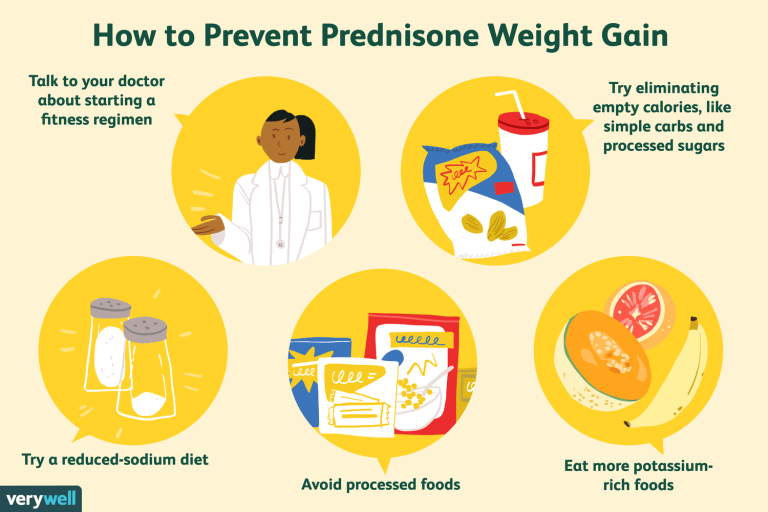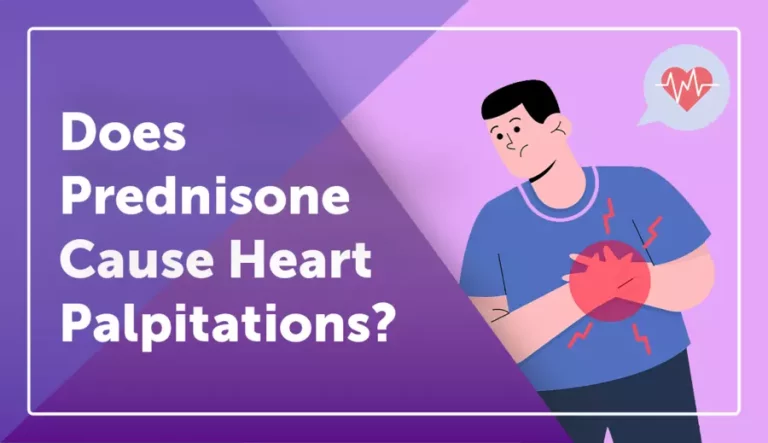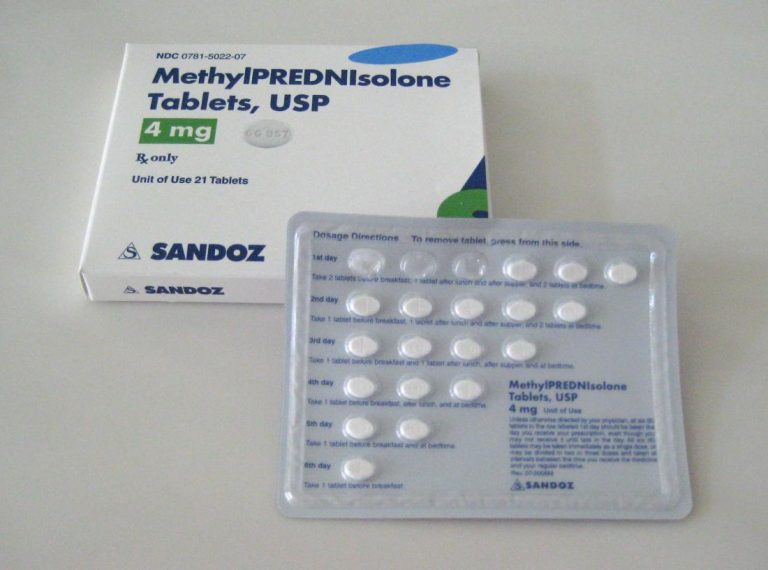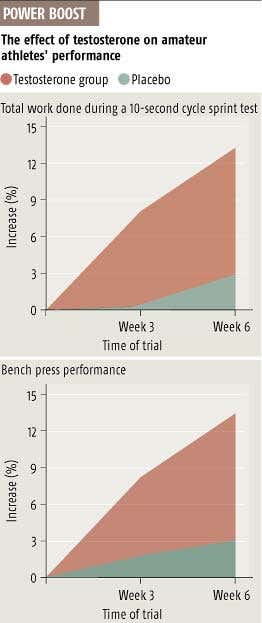When Steroids Don’t Work For Back Pain
Back pain can be a debilitating condition that affects millions of people worldwide. For some, the use of steroids may…
Back pain can be a debilitating condition that affects millions of people worldwide. For some, the use of steroids may seem like a promising solution to alleviate the pain. However, there are cases when even steroids fail to provide relief. In this article, we will explore the reasons why steroids may not work for back pain and what alternative treatments are available.
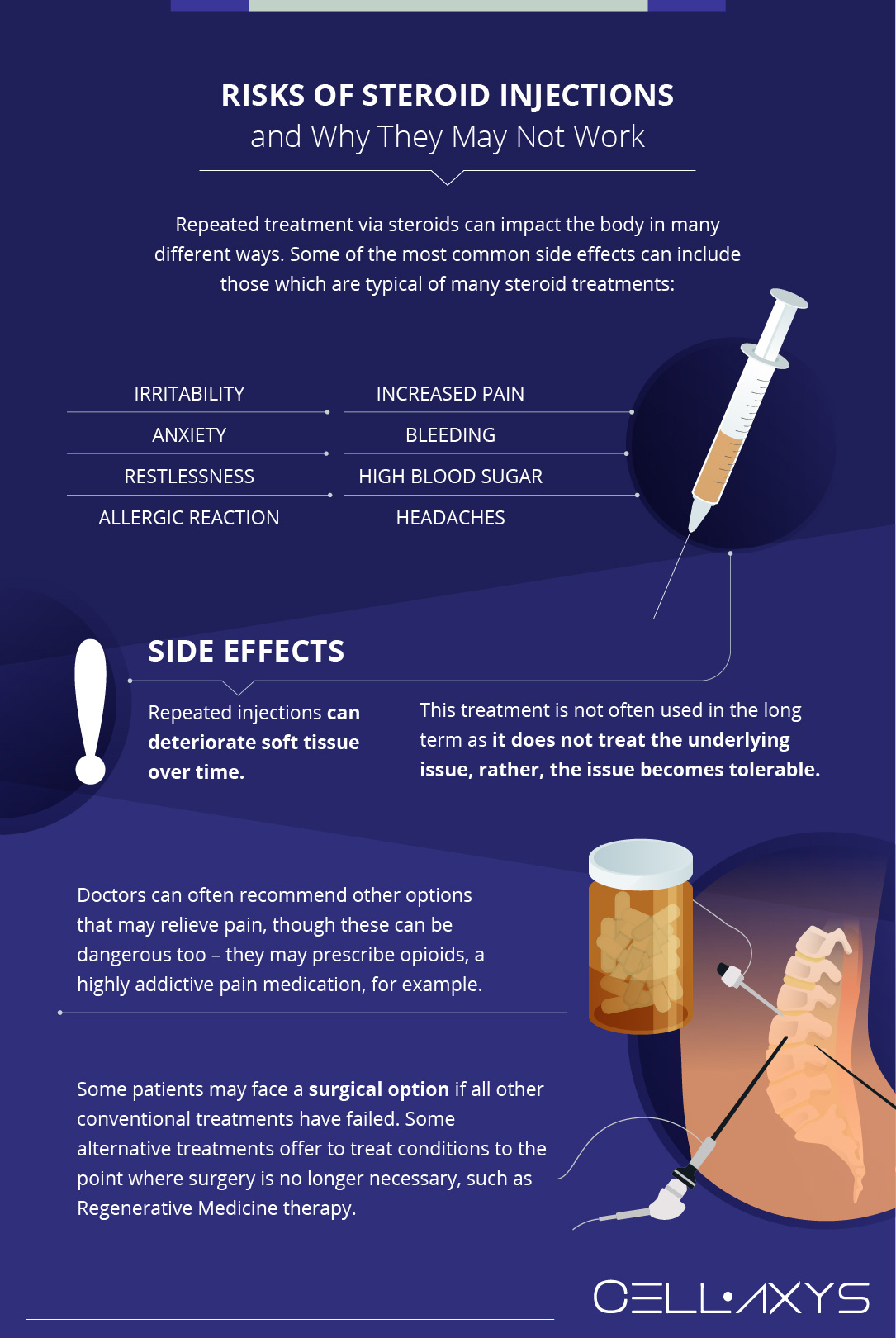
When Steroids Don’t Work for Back Pain: Understanding the Alternatives
1. The Problem with Steroids for Back Pain
Steroids are a common treatment for back pain, but they don’t always work. In fact, research shows that the effectiveness of steroids varies widely depending on the type and cause of the back pain. While steroids can help reduce inflammation and swelling, they don’t address the underlying cause of the pain. In some cases, steroids can even make the pain worse or cause other side effects.
It’s important to understand that steroids are not a cure for back pain. They are a temporary solution that can provide relief for a short period of time. If your back pain is chronic or severe, it’s unlikely that steroids will provide long-term relief.
2. Physical Therapy as an Alternative
Physical therapy is a non-invasive approach to treating back pain that focuses on improving mobility, strength, and flexibility. A physical therapist can work with you to develop a customized plan that addresses the specific cause of your back pain. This may include exercises to improve your posture, stretches to reduce muscle tension, and other techniques to improve your overall physical health.
In addition to providing relief from back pain, physical therapy can also help prevent future injuries and improve your overall quality of life. It’s a safe and effective alternative to steroids that can provide long-term relief.
3. Chiropractic Care for Back Pain
Chiropractic care is another alternative to steroids for back pain. In this approach, a chiropractor uses manual manipulation to realign the spine and reduce pressure on the affected nerves. This can help relieve pain, improve mobility, and promote overall healing.
Chiropractic care is a safe and effective treatment option for many people with back pain. However, it’s important to choose a reputable and licensed chiropractor to ensure that you receive the best possible care.
4. Acupuncture for Back Pain Relief
Acupuncture is an ancient Chinese practice that involves inserting thin needles into specific points on the body to promote healing and reduce pain. This technique has been shown to be effective in treating a wide range of conditions, including back pain.
Acupuncture is a safe and non-invasive alternative to steroids that can provide long-term relief from back pain. It may take several sessions to see results, but many people find that the benefits are well worth the time and effort.
5. Massage Therapy for Back Pain
Massage therapy is another non-invasive approach to treating back pain that can provide relief from muscle tension and soreness. A massage therapist can work with you to identify the specific areas of your back that are causing pain and use techniques to reduce inflammation, improve circulation, and promote overall relaxation.
Massage therapy is a safe and effective alternative to steroids for back pain that can provide immediate relief. However, it’s important to choose a licensed and qualified massage therapist to ensure that you receive the best possible care.
6. Surgery as a Last Resort
In some cases, surgery may be necessary to address the underlying cause of back pain. This may be the case if you have a herniated disc, spinal stenosis, or another condition that cannot be treated with non-invasive methods.
Surgery is a last resort option that should only be considered if other treatments have failed. It’s important to discuss the risks and benefits of surgery with your doctor before making a decision.
7. Benefits of Non-Invasive Treatments
- Non-invasive treatments are generally safer and have fewer side effects than steroids or surgery.
- Non-invasive treatments can provide long-term relief from back pain without the need for ongoing medication or other interventions.
- Non-invasive treatments can improve your overall physical health and reduce the risk of future injuries or pain.
8. Steroids vs. Non-Invasive Treatments
While steroids can provide short-term relief from back pain, they are not a long-term solution and can have side effects. Non-invasive treatments, such as physical therapy, chiropractic care, acupuncture, and massage therapy, are often a safer and more effective alternative.
Ultimately, the best treatment for your back pain will depend on the underlying cause and severity of your symptoms. It’s important to work with a qualified healthcare provider to develop a personalized treatment plan that meets your unique needs.
9. Finding a Qualified Healthcare Provider
When looking for a healthcare provider to treat your back pain, it’s important to choose someone who is licensed, qualified, and experienced in treating back pain. This may include a primary care physician, physical therapist, chiropractor, acupuncturist, or massage therapist.
It’s also important to do your research and read reviews from other patients to ensure that you choose a provider who is reputable and trustworthy.
10. Taking a Holistic Approach to Back Pain
When it comes to treating back pain, a holistic approach that addresses the whole person – mind, body, and spirit – is often the most effective. This may include a combination of non-invasive treatments, such as physical therapy, chiropractic care, acupuncture, and massage therapy, as well as lifestyle changes, such as exercise, stress reduction, and healthy eating.
By taking a holistic approach to back pain, you can improve your overall health and well-being while reducing pain and discomfort.
Frequently Asked Questions
Back pain is a common issue that affects millions of people worldwide. Steroid injections are one of the common treatments for back pain. However, sometimes they may not work as expected. Here are some frequently asked questions about when steroids don’t work for back pain.
What are the reasons for steroids not working for back pain?
There are several reasons why steroids may not work for back pain. One reason could be that the pain is caused by a problem that steroids cannot treat, such as a herniated disk or a bone spur. In some cases, the patient may have built up a tolerance to steroids, which can reduce their effectiveness. Additionally, the injection may not have been administered correctly, or the patient may not have followed the post-injection instructions.
Another reason could be that the patient has an underlying condition that is causing the pain, such as fibromyalgia or osteoarthritis. Steroids are not designed to treat these conditions, so they may not work as expected. Finally, some patients may simply not respond well to steroids, and other treatment options may need to be explored.
What are the alternative treatments for back pain if steroids don’t work?
If steroids don’t work for back pain, there are several alternative treatments that can be explored. These include physical therapy, chiropractic care, acupuncture, massage therapy, and nerve blocks. In some cases, surgery may be necessary to correct the underlying problem causing the pain.
It’s important to work with your healthcare provider to find the best treatment options for your specific situation. They can help you determine which treatments are most likely to be effective and can provide guidance on how to manage your pain in the meantime.
What can I do if I’m still experiencing pain after the steroid injection?
If you’re still experiencing pain after a steroid injection, there are several things you can do. First, make sure you’re following the post-injection instructions provided by your healthcare provider. This may include rest, ice, and avoiding certain activities.
You may also want to explore other treatment options, such as physical therapy or chiropractic care. Additionally, over-the-counter pain medications or prescription painkillers may be necessary to manage your symptoms. Be sure to talk to your healthcare provider before taking any new medications.
Can I get another steroid injection if the first one didn’t work?
If the first steroid injection doesn’t work, you may be able to get another one. However, it’s important to work with your healthcare provider to determine why the first injection didn’t work and to explore other treatment options that may be more effective.
Additionally, it’s important to note that too many steroid injections can have negative side effects, such as weakening of the bones and increased risk of infection. Your healthcare provider can help you weigh the risks and benefits of additional injections.
How long should I wait to see if the steroid injection is working?
The time it takes to see if a steroid injection is working can vary from person to person. In general, it’s recommended that you wait at least 2-3 weeks to see if the injection is effective. If you’re still experiencing pain after this time, it may be necessary to explore other treatment options.
It’s important to communicate with your healthcare provider about your pain and any changes you experience after the injection. They can provide guidance on when to expect relief and when to consider other treatments.
Spinal Injections for Back Pain- Why They Don’t Work
In conclusion, while steroids are often prescribed to alleviate back pain, they are not always effective. When steroids don’t work for back pain, it’s important to explore other treatment options.
One alternative to steroids for back pain is physical therapy. A trained physical therapist can help identify the source of the pain and develop exercises and stretches to strengthen the affected area, improve posture, and alleviate discomfort.
Another option is to consider non-steroidal anti-inflammatory drugs (NSAIDs), such as ibuprofen or naproxen. These medications can help reduce inflammation and alleviate pain without the potential side effects of steroids.
Ultimately, the best course of action for managing back pain will vary depending on the individual and the underlying cause of the pain. It’s important to work with a healthcare provider to identify the most effective treatment plan for your specific situation.

